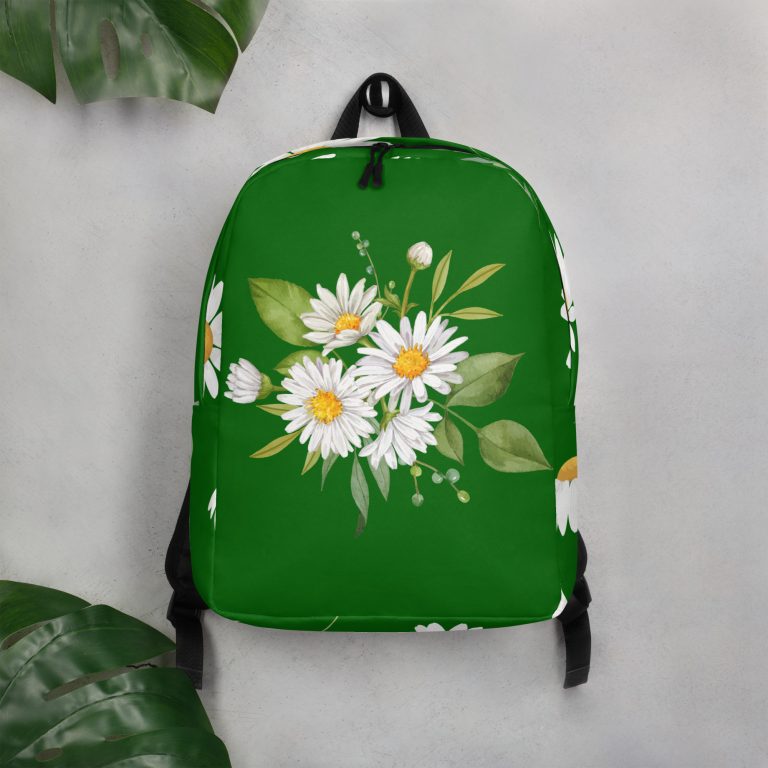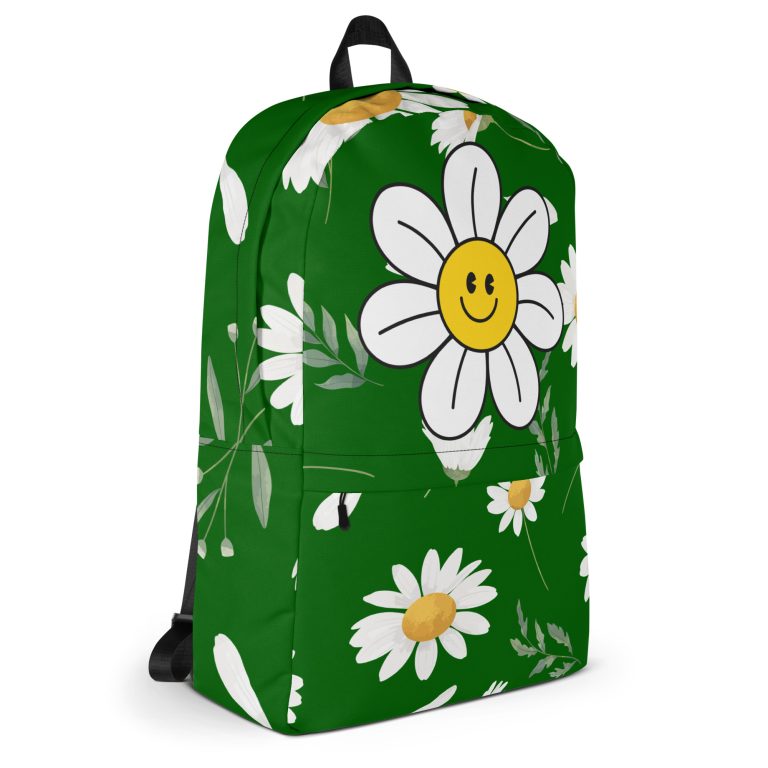We’ve already uncovered the uncomfortable truth about fast fashion—waste, exploitation, and pollution—in a previous post. But the next question is: what can we actually do about it?
The good news? Rethinking your wardrobe doesn’t mean giving up on style. In fact, it’s about making intentional choices that support sustainability, ethics, and long-term value—without sacrificing your sense of fashion.
In this guide, we’ll explore practical, empowering steps to help you break free from the fast fashion cycle and build a wardrobe that works for the planet, garment workers, and your personal style.
1. Buy Less, Choose Wisely
The first step toward a sustainable wardrobe is surprisingly simple: buy less. Fast fashion thrives on overconsumption—constantly pushing new trends, weekly collections, and fleeting styles that encourage impulse buying.
Instead, consider:
- Adopting a capsule wardrobe mindset – Invest in timeless, versatile pieces that you can mix and match effortlessly.
- Prioritising quality over quantity – Choose well-made garments that will last, rather than fast fixes that fall apart.
- Asking yourself before you buy – Do I really need this? Can I see myself wearing it at least 30 times?
2. Embrace Second-Hand & Vintage
Thrifting is not only a fun way to express your unique style—it’s also one of the most sustainable shopping habits you can adopt. Buying second-hand extends the life of garments and keeps textiles out of landfill.
Try:
- Exploring charity shops, vintage stores, and online platforms like Vinted or Depop.
- Hosting a clothing swap with friends to refresh your wardrobe—no spending required.
3. Support Ethical & Sustainable Brands
Not all new clothes are created equal. Some brands are leading the way with slow fashion practices, choosing sustainability over shortcuts.
Look for brands that:
- Use eco-friendly materials like organic cotton, linen, hemp, or recycled fibres.
- Offer fair wages and ethical production—certifications like Fair Trade, Fair Wear Foundation, or the Ethical Trading Initiative are good signs.
- Are transparent about their supply chain, production processes, and environmental impact.
Based on research by Glamour Magazine, here are some standout sustainable brands you might want to explore.
4. Take Care of What You Already Own
Extending the life of your clothing is one of the most overlooked (yet powerful) ways to reduce your fashion footprint.
Simple tips:
- Wash less and at lower temperatures – Washing too frequently wears out fabric faster.
- Repair before replacing – Learn a few basic skills like sewing a button or patching a seam.
- Get creative with upcycling – Turn old jeans into shorts or repurpose a tired t-shirt into a cleaning cloth or tote bag.
5. Rent, Borrow & Share
For special occasions or trendy pieces, you don’t have to buy something new. Instead, explore sharing options:
- Rent outfits for weddings, events or holidays through local services.
- Join neighbourhood clothing swap groups or borrowing circles.
- Share with friends and family—chances are, someone has just what you need.
Your Wardrobe, Your Impact
Every purchase you make sends a message. By embracing slower, more conscious fashion habits, you help reduce waste, protect garment workers, and take a stand against an industry built on disposability.
Remember, sustainability isn’t about perfection—it’s about progress. Even small shifts can lead to meaningful change.
Which of these steps will you try first? Let’s start small and rethink fashion together.
Feel free to share your thoughts in the comments—I’d love to hear from you.






